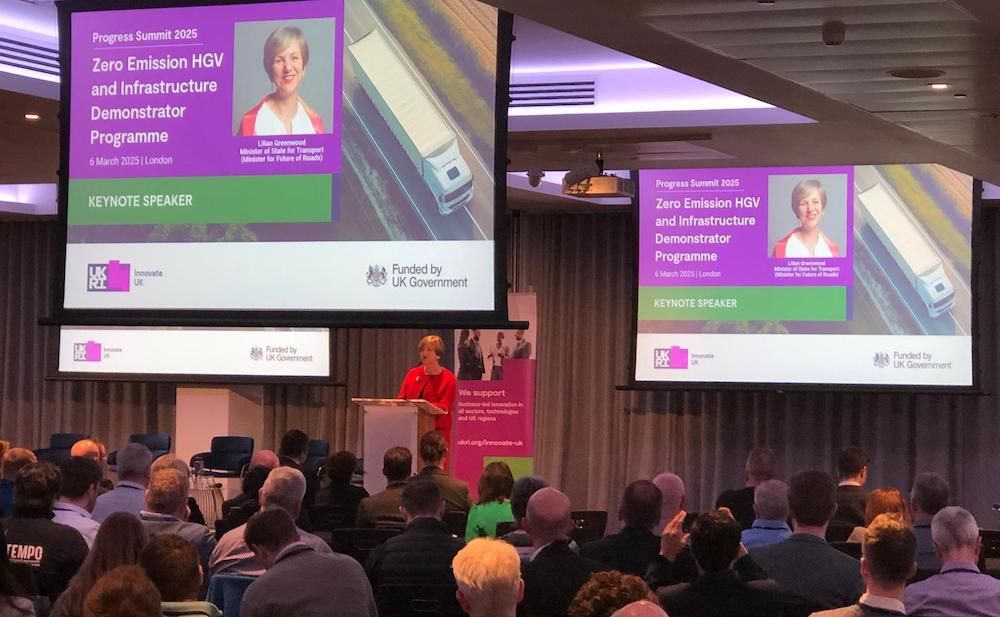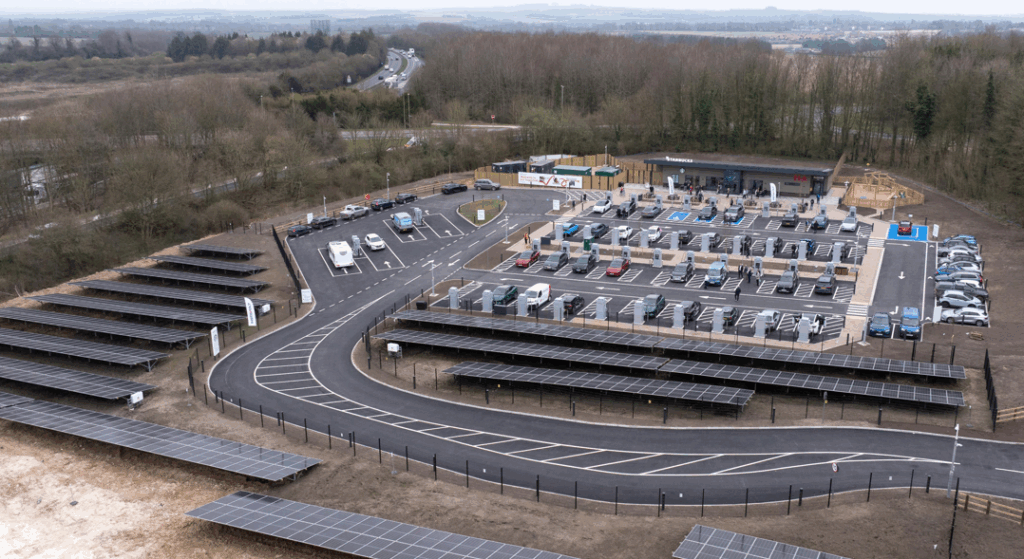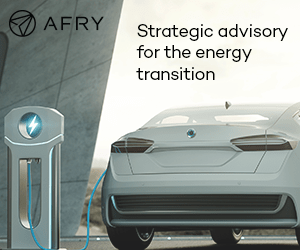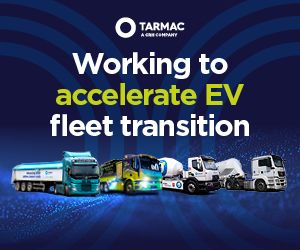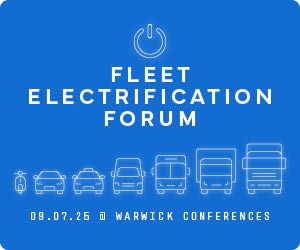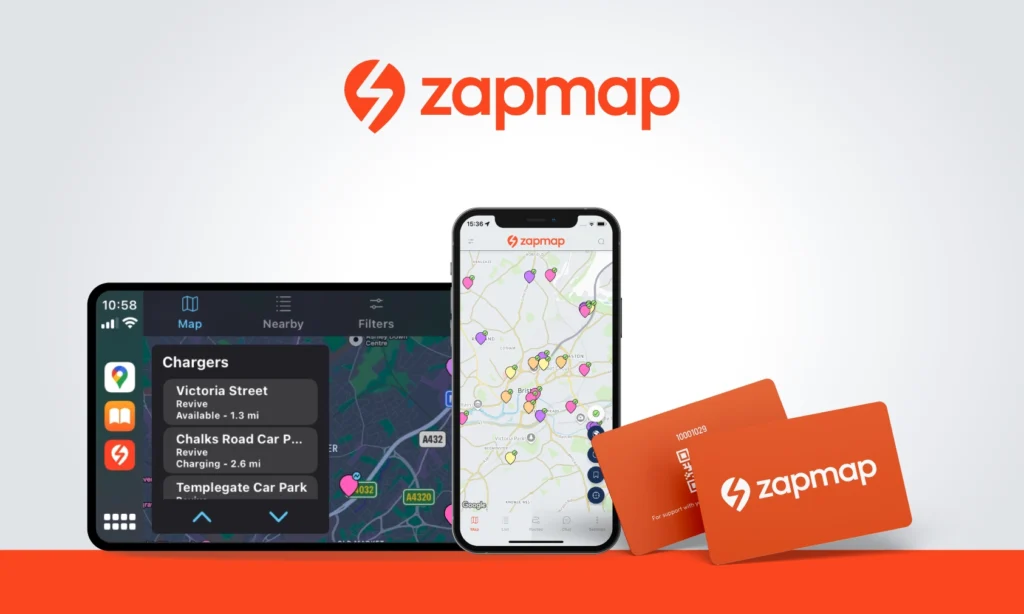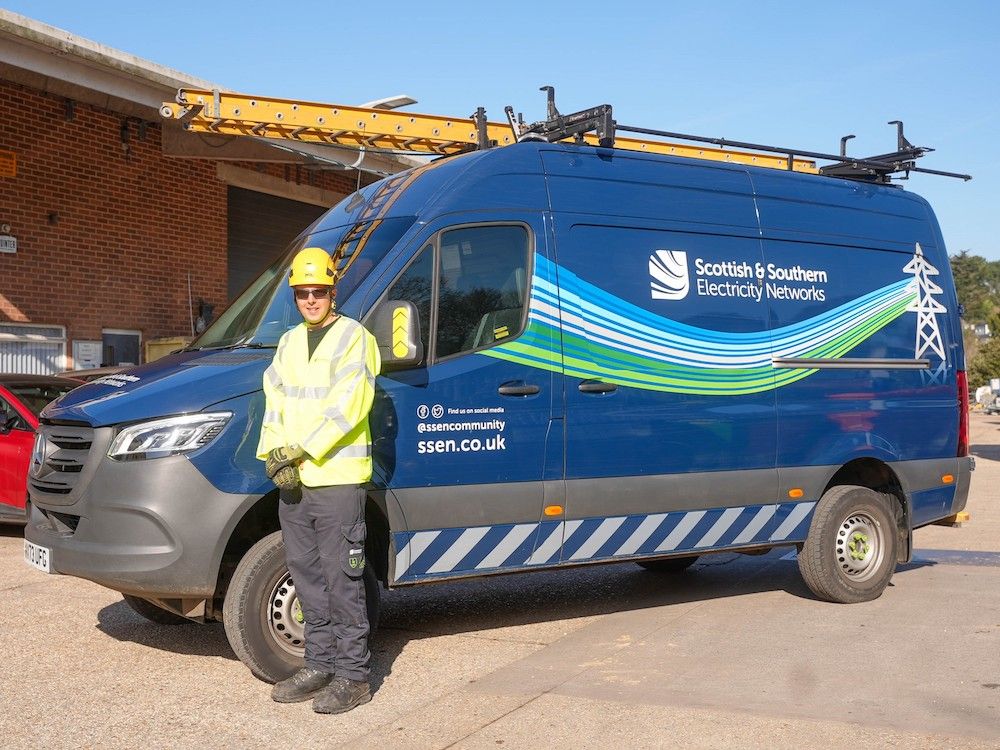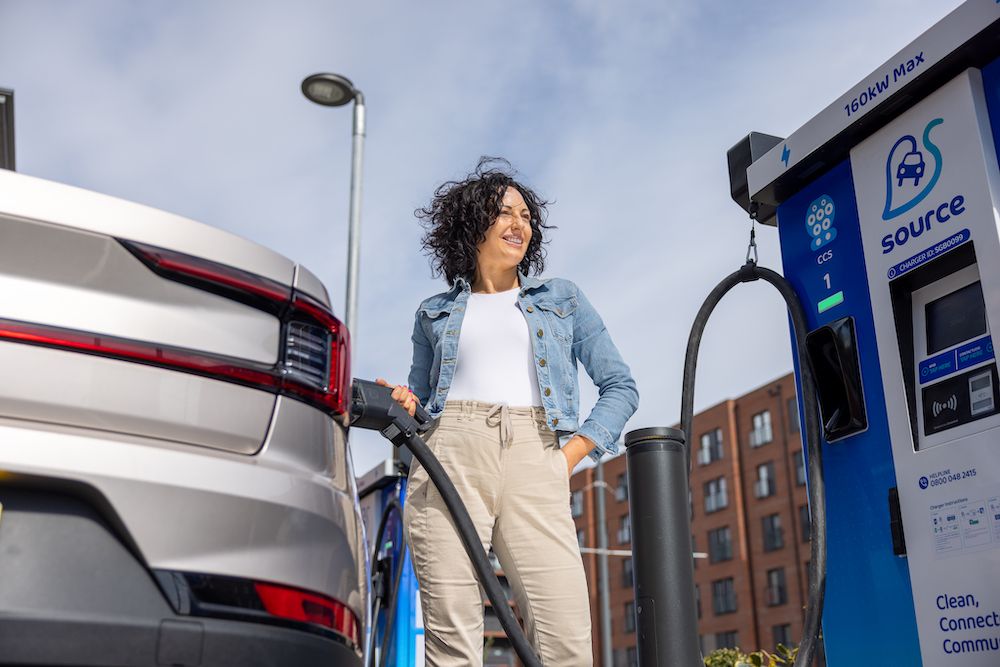Future of Roads minister Lillian Greenwood has outlined the locations for the upcoming network of zero emission HGV infrastructure.
The sites, which are located throughout the UK, including in Scotland, Wales and Northern Ireland, as well as across England, fall under the four schemes of the Zero Emissions HGV and Infrastructure Demonstrator Programme (ZEHID).
Greenwood made the announcement about the infrastructure sites at an official update on the schemes with key stakeholders from the industry, which includes megawatt charging stations alongside hydrogen projects, located at a number of different sites, which serve a variety of commercial applications.
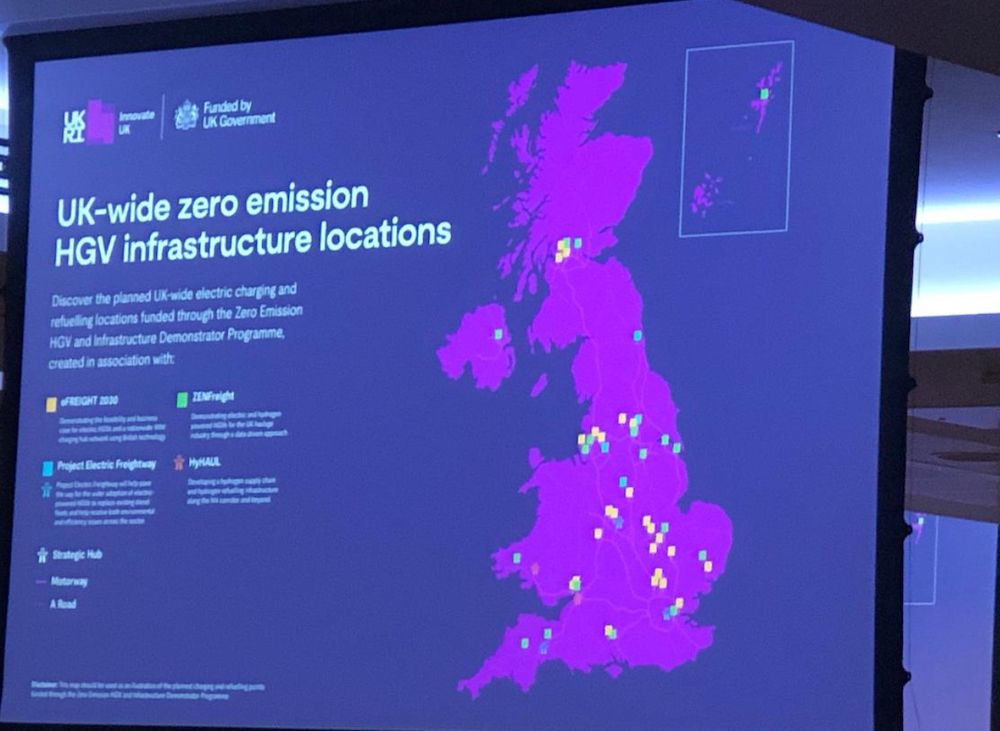
The projects set to benefit from the sites include the eFREIGHT 2030 scheme, a consortium of electric HGV manufacturers, fleet operators, electric HGV charging infrastructure providers and data analysts.
It aims to create a network of electric HGV charging hubs using Voltempo’s 1MW HyperCharging technology, and rolling out articulated electric HGVs across fleets for various companies, such as Marks & Spencer, Eddie Stobart, Wincanton and Maritime, amongst others.
In addition, the GRIDSERVE-led Project Electric Freightway, which will focus on a charging network located at motorway service areas and commercial depots.
ZENFreight is undertaking both electric and hydrogen fuel cell HGV trials through a consortium of truck manufacturers, including DAF, Mercedes, Scania, Iveco and Volvo, for freight operators inlcuding DFDS and Gregory Distribution.
Finally, there is the Hydrogen Aggregated UK Logistics (HyHAUL) project, which is specifically aimed at the M4 corridor to develop a hydrogen supply chain and provide public access hydrogen refuelling infrastructure.
Greenwood said the benefits from taking forward zero emission HGVs would kickstart economic growth and assist in making Britain a green energy superpower.
At present, just under a fifth of domestic transport emissions come from HGVs, producing around 18.2 million metric tonnes of CO2e.
Speaking about the sites, Lillian Greenwood said:
“The businesses that move first won’t just keep up, they’ll get ahead.”



